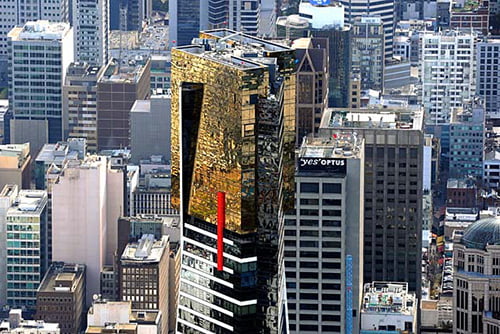 Commercial property can be a great investment, especially for investors who are seeking cash flow.
Commercial property can be a great investment, especially for investors who are seeking cash flow.
An investor who owns residential property would consider themselves lucky if they could get a rental return of 4% pa on a house and 5% pa on a unit/flat/townhouse. However, commercial property can provide for much higher rental returns. It is not uncommon for retail property to earn 7% pa, office property 8% pa and in some cases, industrial property can provide the investor with a rental return of over 10% pa.
The example below illustrates the difference in annual rental return over five different types of property. Let’s assume that the purchase price in each case is $500,000.
Purchase Price – $500,000
House – Rent = $20,000 (4%)
Unit – Rent = $25,000 (5%)
Retail – Rent = $35,000 (7%)
Office – Rent = $40,000 (8%)
Industrial – Rent = $50,000 (10%)
The rental return can vary depending on a number of factors such as location and quality of the building.
A higher percentage rental return is only one of the advantages so far as rent is concerned.
A residential investor has many expenses. They need to pay for council rates, water rates, repairs, maintenance, insurance, property management fees and the list goes on. This means that a significant proportion of the rent (up to 30%) that the residential investor receives is spent on expenses. However, the situation for commercial property investors is very different. It is the tenant that pays for the vast majority of expenses including council rates, insurance, property management fees, etc. As a result, the commercial property investor may only need to pay out 5% of the rent received in expenses.
The example below illustrates the differences between gross and net rent. Gross rent is the rental amount that the tenant pays the landlord and the net rent is the amount of rent the landlord is left with after paying all the property expenses. Let’s assume again that each property was purchased for $500,000.
Residential Property (rental return – 5% pa)
Gross Rent – $25,000
Net Rent – $18,000
Commercial Property (rental return – 8%)
Gross rent – $40,000
Net rent – $38,000
If you study the example above, you might be asking yourself why anyone would spend $500,000 on a residential property to end up with $18,000 in rent when they could buy a commercial property and finish up with more than twice the rent! There are two main reasons for this.
Firstly is the risk. So far as investment is concerned, a greater return is associated with a greater risk. The main risk with commercial property is vacancy. If you lose a tenant from your unit or house, it will probably take about one week to find a new tenant. However, if you lose a tenant from your industrial property, it may take months or more than a year to find a tenant.
Secondly, residential property is bought mainly for its capital growth, not rental return.
So, if it is capital growth you’re seeking, residential property is often the best asset. If it is cash-flow you want, look for commercial property.
Where to start I hear you ask? Your first step is to log onto realcommercial.com.au so as to have a look at the types of properties available. Secondly, speak to your accountant/financial planner/qualified property investment advisor about owning a commercial property as part of your investment portfolio. Finally and most importantly, seek legal advice from a property lawyer. The leases of commercial property are very different to those of residential property and will probably require a legal expert to read it and explain some of the essential terms and conditions.
Happy House Hunting!
Click here for a complimentary Property Plan meeting




